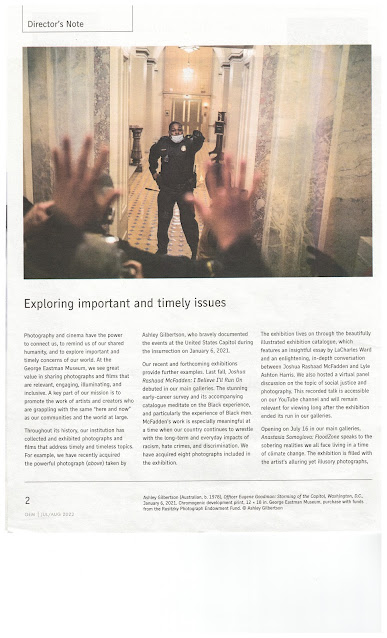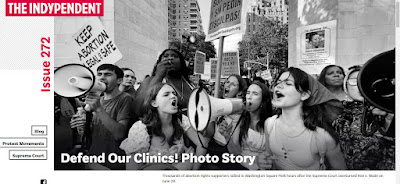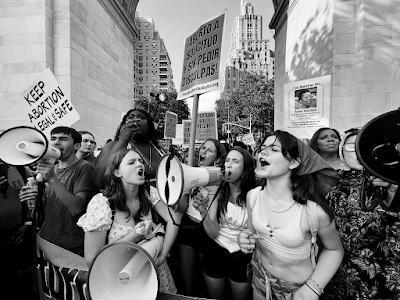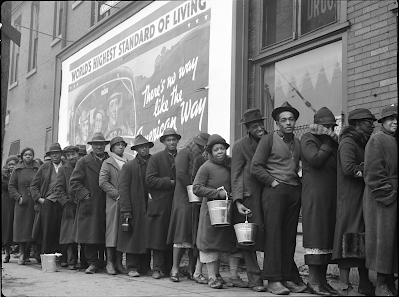July 28, 2022
CNN correspondent Omar Jimenez, at times, still looks a little stunned when recounting what happened to him in May of 2020 while covering a protest over the killing of George Floyd. All of a sudden, despite the press badge hanging prominently near his waist — to say nothing of the crew that was clearly filming him — Jimenez went from reporting a story to staring blankly at the still-rolling camera as police put him in handcuffs.
The cops in riot gear, standing in the background brandishing batons during Jimenez’ live shot, wanted the street cleared. And this reporter from CNN was another body standing in the way.
“As a reporter, it’s the last thing you’d expect would happen in the United States,” Jimenez says, by way of recounting his arrest during a conversation with investigative journalist Ronan Farrow. “I was in this professional mode of being a reporter at first … then trying to figure out, wait, what the hell is going on right now?”
That conversation is part of new footage HBO Max is releasing today in support of “Endangered,” an HBO Original documentary film that debuted in June about journalism in its current state of global crisis.
Directed by filmmakers Heidi Ewing and Rachel Grady, with Farrow as executive producer, that documentary presents vignettes of reporters from around the world. From places as disparate as Mexico City, Miami, and Sao Paulo, where reporters like photojournalist Sáshenka Gutiérrez grapple with recalcitrant public officials, death threats, an indifferent public, an uncertain business model, and other hazards to their livelihood and lives.
“I hope that the documentary can change the mentality of some people a little — make them understand that without journalists, there is no democracy,” Gutiérrez told me. “(And) show them the different forms of violence that we face.”
In all, “The Endangered Tapes” includes six new pieces of content featuring Farrow interviewing journalists like Jason Rezaian, the Washington Post opinion writer arrested in Iran and held in the country’s notorious Evin prison for 544 days. As well as Selene San Felice, formerly of The Capital Gazette and a survivor of the newsroom shooting there.
"While we were producing ‘Endangered,’” Farrow told me, “I was guided by conversations with fellow journalists about their experiences and views on the state of the free press. I’m happy to share some of those behind-the-scenes exchanges with the world. These are bite-sized, informative glimpses into the lives of different kinds of journalists, facing different challenges. I learned a lot from them, and I’m so glad that the HBO Documentaries team — and the journalists I spoke with — are allowing others to see them too."
The documentary and supplemental content encourages viewers to not take for granted that the profession of bearing witness undertaken by reporters will always exist in its current form. That existential threats are ever-present. And that there is a man or a woman behind every byline, as well as a home and a family that the correspondent you see on TV will return to at the end of the day.
For journalists like Jimenez, there is also an everlasting tension between functioning as an objective reporter — and as someone with a life outside of that work, someone who’s not dispassionate about the people and things they encounter.
“A lot of times, being reporters, I think we fall into this pattern of — I have to be so objective that I am removed from the story,” Jimenez tells Farrow. “The story is over here, but I am back here.”
“This,” Jimenez continues, about his arrest, “was a situation where I couldn’t escape it.”
Related: Photojournalists Nina Berman and David Butow discuss threats to photojournalism.
:










